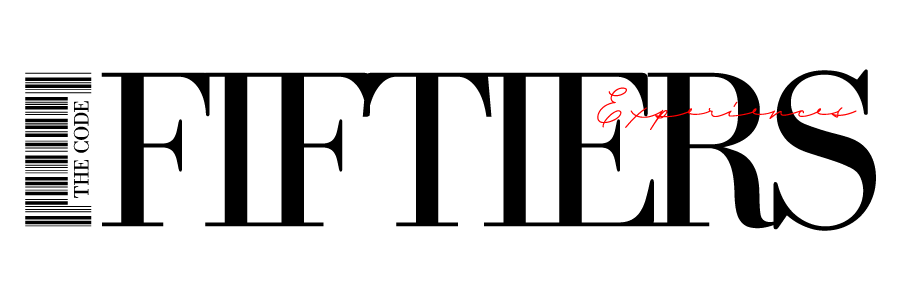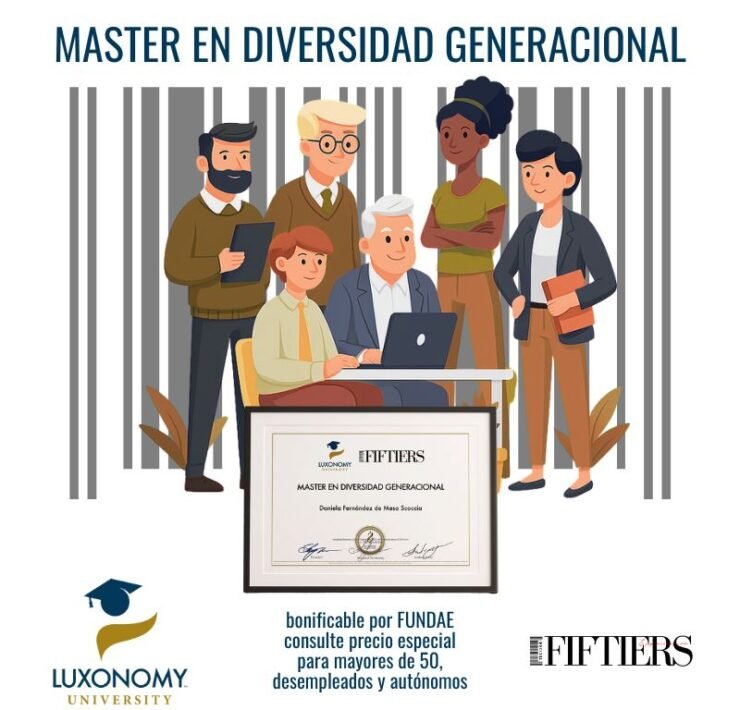Reverse mentoring programs in corporate settings

FIFTIERS | Life Begins at 50. La vida comienza a…
Reverse mentoring is an intergenerational learning model where traditional mentorship roles are inverted: instead of a senior professional guiding a junior one, younger employees act as mentors to executives or more experienced staff. In these “flipped” relationships, the junior mentor (often a digital native) typically transfers knowledge, skills, and fresh perspectives—especially in areas like technology, social media, emerging trends, or modern work methods—to the older or higher-ranking mentee.
This approach differs from traditional mentoring not only in the direction of knowledge flow but also in its bilateral nature. While classic mentorship is usually unidirectional (an expert guides a novice), reverse mentoring tends to create a bidirectional exchange: though the young mentor trains executives in new tools or perspectives, the senior mentor also shares strategic know-how, leadership experience, and business acumen. Consequently, both parties learn and benefit mutually, breaking the rigid mentor-apprentice dynamic. A veteran executive gains digital fluency and insight into current trends, while the young employee develops leadership competencies and strategic business understanding through interaction with their experienced counterpart.
Organizational Benefits of Reverse Mentoring
Implementing reverse mentoring initiatives delivers multiple tangible and intangible benefits for organizations and their employees. These programs have proven valuable in key areas like innovation, generational integration, digital transformation, age diversity, and leadership development:
-
Boosts innovation and creativity
-
Fosters generational integration and collaboration
-
Accelerates digital transformation
-
Promotes generational diversity and inclusion
-
Develops leadership and talent
-
Enhances employee engagement and retention
These benefits—from innovation and digital transformation to organizational culture and talent development—highlight why reverse mentoring is considered “a win-win program”. Well-designed, it creates a virtuous cycle of learning and collaboration: the company becomes more agile and innovative, leaders renew their perspectives, and young talent feels empowered. This results in an organization better equipped to compete in changing environments and more attractive to talent across all ages.
Challenges and Barriers in Adopting Reverse Mentoring
Despite clear benefits, implementing reverse mentoring programs faces challenges. Many organizations encounter cultural, generational, and operational barriers when adopting this innovative approach:
-
Cultural and mindset resistance: The most frequent obstacle is senior professionals’ resistance to change
-
Generational gap and communication
-
Power dynamics and hierarchy
-
Inadequate selection or lack of preparation
-
Misalignment with strategy and organizational support
-
Time constraints and logistics
Practical Recommendations for Successful Reverse Mentoring Implementation
Launching a corporate reverse mentoring program requires meticulous planning and strategic alignment between HR and leadership:
-
Secure executive sponsorship and alignment
-
Define clear objectives, scope, and success metrics
-
Carefully select and match participants
-
Provide training and guidelines for participants
-
Establish formal structure and ongoing follow-up
-
Cultivate trust, equality, and open-mindedness
-
Measure, communicate, and celebrate results
Current and Relevant Case Studies of Successful Implementation
Far from theoretical, reverse mentoring has become a real practice in numerous global companies with highly positive outcomes. Major corporations across sectors—including General Electric, Microsoft, PwC, IBM, Procter & Gamble, Heineken, Unilever, Telefónica, and Vodafone—have implemented reverse mentoring programs over the past decade.
Discover more from FIFTIERS
Subscribe to get the latest posts sent to your email.















